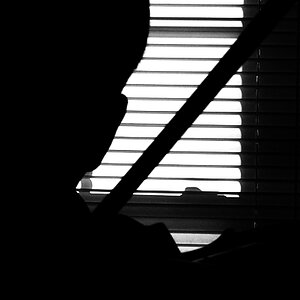SchnellFowVay
TPF Noob!
- Joined
- Aug 25, 2008
- Messages
- 7
- Reaction score
- 0
So I got my first dSLR just under one week ago.
This is my first SLR camera, and my first attempt at using anything other than a standard point and shoot camera.
On this forum's advice, I have read the camera's manual back to front, and I have read Bryan Peterson's "Understanding Exposure."
Moreover, I get it. I understand the relationship between Aperture, ISO, and Shutter Speed.
Here's my problem:
Whenever I use the camera's built in light meter in manual mode, the photos ALWAYS come out underexposed. And not by a little bit -- by a LOT! They appear to be 2 to 3 stops off, ALWAYS. At first I thought maybe the camera's light meter was off, but the camera takes perfect pictures in Auto mode -- and auto mode relies on the same light meter.
So what am I doing wrong? I've tried taking pictures in all levels of ambient light, sunlight, indoors light, dusk, early morning, dark, and it is ALWAYS 2 to 3 stops underexposed. I checked to be sure there is no flash compensation, etc...
So what am I doing wrong? I've taken about 400 manual pictures in the last 5 days, and not a single one has turned out even remotely proper.

This is my first SLR camera, and my first attempt at using anything other than a standard point and shoot camera.
On this forum's advice, I have read the camera's manual back to front, and I have read Bryan Peterson's "Understanding Exposure."
Moreover, I get it. I understand the relationship between Aperture, ISO, and Shutter Speed.
Here's my problem:
Whenever I use the camera's built in light meter in manual mode, the photos ALWAYS come out underexposed. And not by a little bit -- by a LOT! They appear to be 2 to 3 stops off, ALWAYS. At first I thought maybe the camera's light meter was off, but the camera takes perfect pictures in Auto mode -- and auto mode relies on the same light meter.
So what am I doing wrong? I've tried taking pictures in all levels of ambient light, sunlight, indoors light, dusk, early morning, dark, and it is ALWAYS 2 to 3 stops underexposed. I checked to be sure there is no flash compensation, etc...
So what am I doing wrong? I've taken about 400 manual pictures in the last 5 days, and not a single one has turned out even remotely proper.




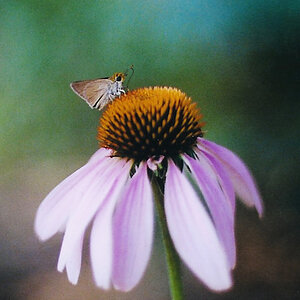
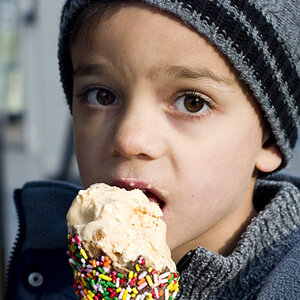
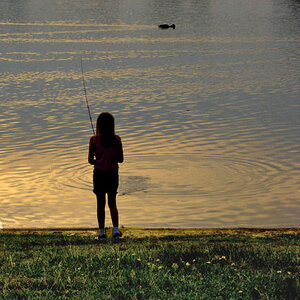
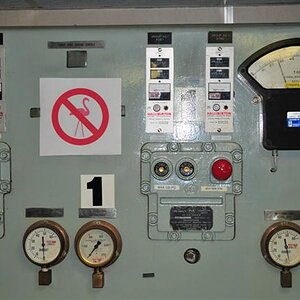
![[No title]](/data/xfmg/thumbnail/31/31015-dc3b950337aa798fec947c782fff2e35.jpg?1619734570)
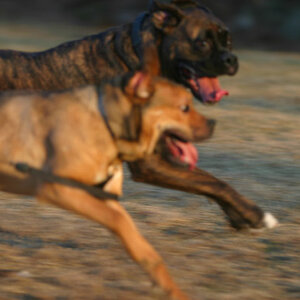
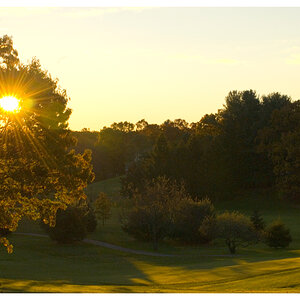
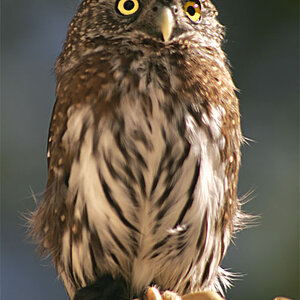

![[No title]](/data/xfmg/thumbnail/31/31012-f5e0c7cdea2f2c3e44737e3f61c2461a.jpg?1619734567)
